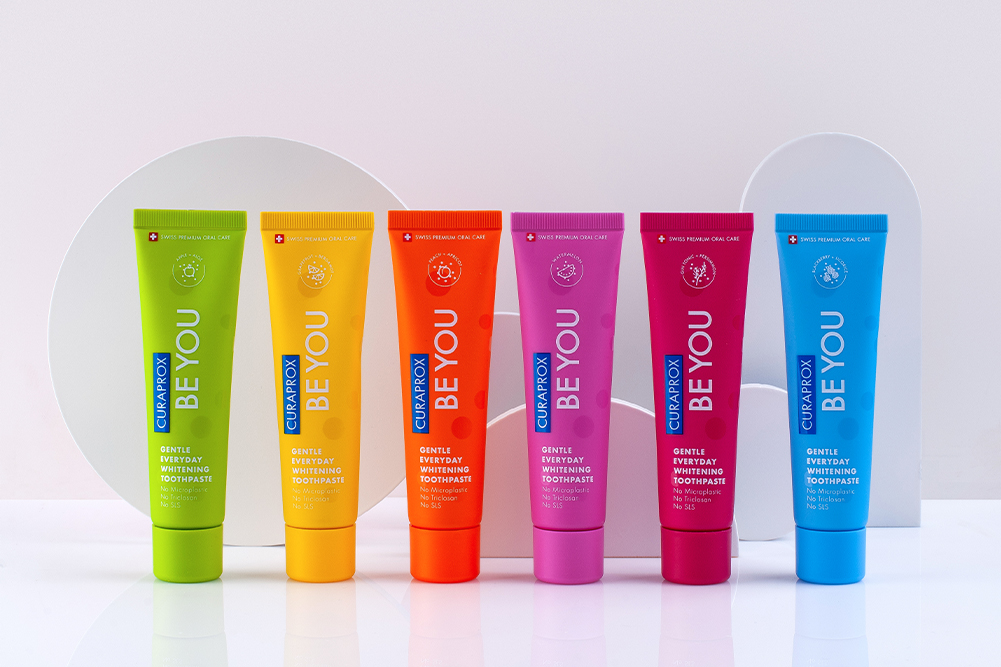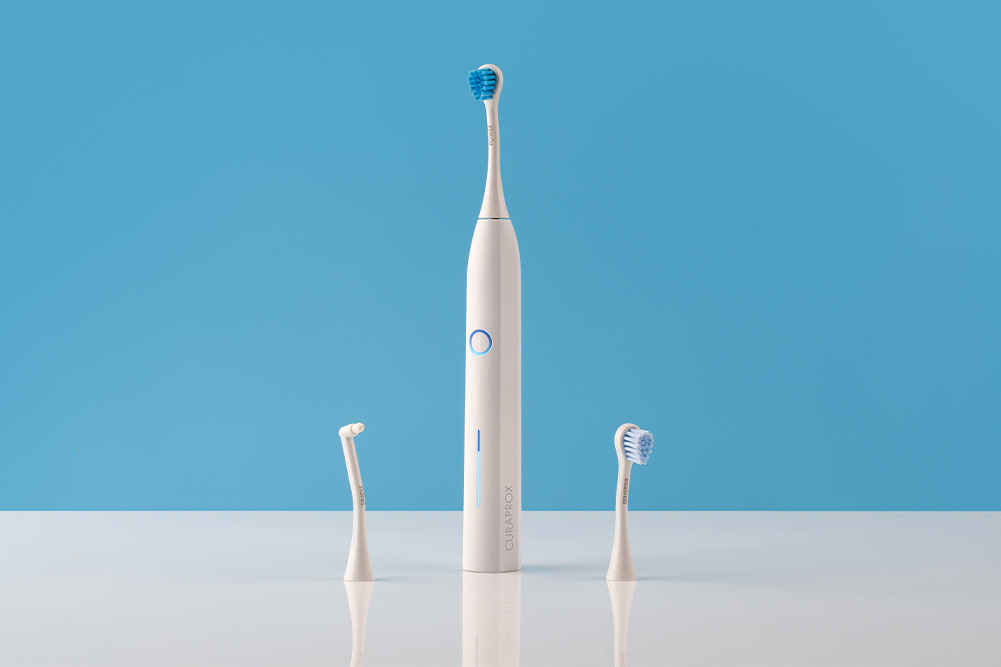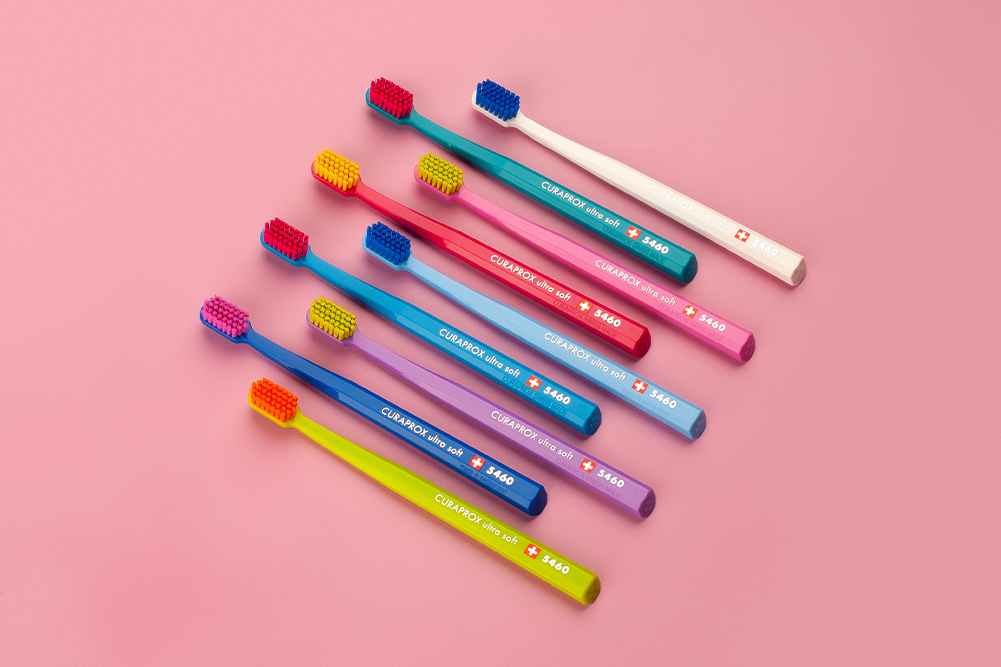Going grey gracefully
Finding your first grey hairs can be disconcerting, not only because it can signify imminent physical change but because it is often seen as a symbol of the transitioning from one stage of life to another. That can have an emotional impact.
How this transition affects us depends on the weight we give it. Some people embrace their silver tresses as they believe they make them look and feel wiser, more striking and distinguished — embracing the “silver fox” from the inside out.
The good news is that grey hair is not necessarily a barometer of old age, poor health or poorer health than your fully pigmented peers. Scientists haven’t yet found a link between ageing of hair and real ageing in the body. A study of 20,000 men and women in Copenhagen looked for any links between heart disease mortality and physical signs of ageing, such as grey hair, baldness and facial wrinkles. The researchers have yet to find any.
Genetics and nutrition
Increasingly, research shows genetics to be the biggest player in the timing of grey hair. A friend of mine turned grey at 25 while another friend in her 50s bears only a few stray greys. Her lifestyle is neither more nor less exemplary than mine.
The latest stem cell research carried out by NYU Langone Medical Centre found that some people are predisposed to going grey early: genetic codes contained within your cells can halt certain pathways, signalling to melanocytes that affect hair pigmentation. While this may be true, it doesn’t mean that in some cases environmental factors can’t speed up or slow down this process. Genetics loads the gun; environment pulls the trigger.
We can also inherit nutritional deficiencies. Vitiligo, for example, can be an inherited condition in which the hair and skin lose their pigmentation due to a decrease in melanin production (often due to a lack of the enzyme catalase). Researchers from University Hospital’s Department of Dermatology in Sweden found that when those suffering vitiligo increased their consumption of folic acid and vitamin B12 through their diets and oral supplements, there was re-pigmentation of grey hair in more 50 per cent of the patients.
Other nutrients that have been found to impact on melanocyte health are iodine, copper, B vitamins (including PABA), iron and vitamin C. Supplementing with blackstrap molasses and brewer’s yeast has been shown anecdotally to be helpful; both are rich in minerals and B vitamins and lack of these nutrients is implicated in premature greying. The amino acid tyrosine, responsible for skin and hair pigmentation, has been shown to be helpful as well.
An acidic diet as well as hormonal imbalances may also help trigger premature greying. It may be a good idea to eat alkalising foods as well as to correct hormonal problems. (Be aware that an excess of any nutrient can have contraindications, so always check your levels first with your health practitioner.)
Lifestyle factors
Is stress turning you grey? Research shows that emotional, environmental and physical stress may be triggers for those predisposed to going grey. (Of course, there are those who have been through a lot of stress and still have brown hair well into their later periods of life.)
Pesky free radicals known to damage our skin may play a role in depleting our melanin, too. Free radicals are produced by our bodies naturally but, if allowed to produce rapidly from exposure to too many toxins in the diet, and environmental and emotional stress, these molecules can cause cellular damage. This may affect melanin production and damage the hair follicles.
One study found that smokers were up to four times as likely to have grey hair as non-smokers. Avoiding physical and environmental stressors and eating a diet rich in antioxidants can help mop up these troublesome free radicals.
Grey reaction
So what are the chemical reactions that occur for hair to be literally bleached or sapped of colour? Researchers from Johannes Gutenberg University Mainz found that grey hair is caused by large amounts of hydrogen peroxide, which builds up in hair follicles, bleaching hair and preventing the melanin that produces colour from synthesising pigments. The accumulated hydrogen peroxide sits in the papillary cavity where it bleaches the hair as it grows.
Levels of hydrogen peroxide in the body are neutralised by antioxidant enzymes such as catalase, which break hydrogen peroxide down into water and oxygen. While hydrogen peroxide offers some immune-boosting health benefits, it can be toxic in large doses. We produce less catalase and more hydrogen peroxide as we age; stress in the body can also increase levels of hydrogen peroxide.
Boosting your levels of catalase through diet may help to break down this excess peroxide. Foods rich in catalase include beef liver, avocado, vegies, seeds, cheese and fruits. Young, newly sprouted plants such as lentils, wheat sprouts, broccoli sprouts, clover and Brussels sprouts contain much more catalase than more mature ones.
Trace minerals (we are often lacking these due to foods being produced in nutrient-poor soils) such as zinc, selenium and manganese, which are found in a variety of whole foods, are also important. These form an essential part of antioxidant enzymes such as superoxide dismutase, catalase and glutathione peroxidase. As catalase is produced in the liver and hydrogen peroxide is neutralised in the liver, supporting liver health is important in supporting skin and hair health.
Ironically, regular use of hydrogen peroxide to help cover grey hair topically may contribute to greying, according to researchers at the University of Bradford in the UK. This is because it interferes with melanin and builds up in the hair, causing it to go grey.
For those who find it hard to let go of their lustrous, pigmented hair, the latest stem cell research done by NYU Langone Medical Centre shows promise. It indicates that, not far down the track, we may be able to stay dark brown until well into our dotage, as the researchers have recently identified the proteins responsible for pigment: the Wnt signalling pathway. Apparently, in years to come, fending off grey hairs may be as easy as popping a pill.
Carla Oates is a natural Beauty expert and the author of Feeding Your Skin.







